Birds across the world have different diets; some eat seeds and insects, others dine on fish, others on dead animals, and much more. What is going on inside a bird’s body to digest all this variety of foods? In this article, you will learn about the incredible natural processes that allow birds to digest their food.
Birds digest food by swallowing it whole or crushed. The food travels to the crop where it is stored and softened. It passes to the proventriculus and gizzard to be broken down and moved to the intestines. Finally, the waste exits the bird’s body via the cloaca and vent. Not all birds have a crop.
In the remainder of this article, we will explore the amazing digestive systems of birds. From their tongues to their bums, we will discover the incredible body parts that are perfectly designed to digest their chosen diets. Read on if I’ve got your attention…

A Bird’s Digestive System
Before we dive into the intricate details of how birds digest food, let’s take a look at the digestive system of a bird. There are differences in this system from species to species but generally, most birds have a digestive system such as the one below:
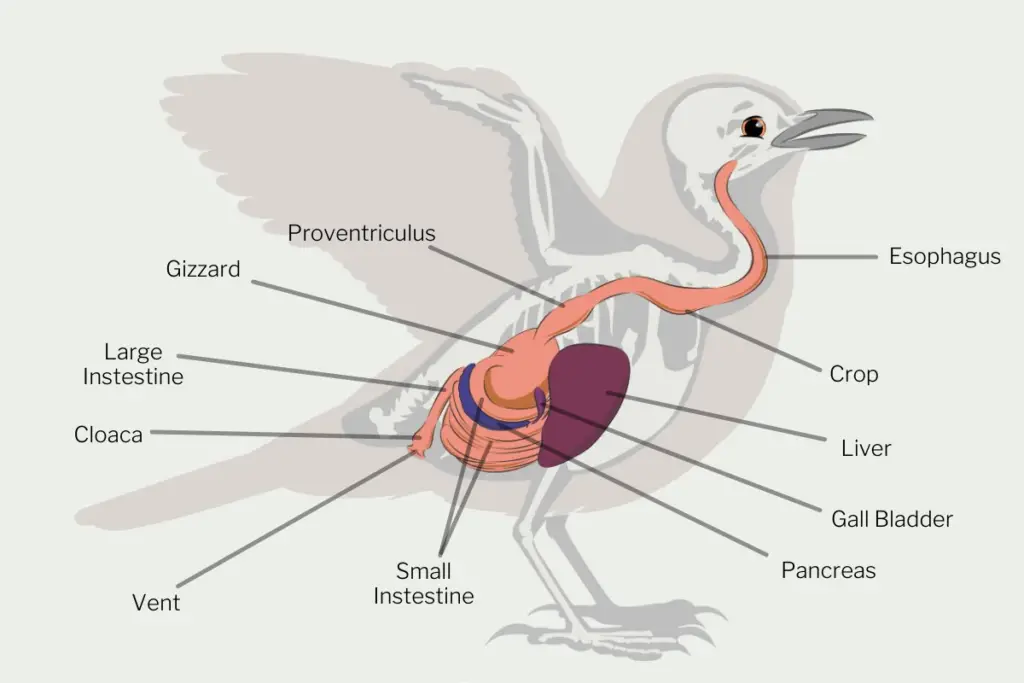
You can see that birds share some of the same body parts that we do; they have an esophagus, a liver, a pancreas, a gall bladder, and both large and small intestines. That however is where the similarities end.
Let’s explore the different parts of the avian digestive system and discover what each part does in the process.
Discover what Ospreys eat in this article here on the blog.
Where The Food Goes In
Food digestion starts at the mouth. If the food isn’t ingested, it can’t be digested.
As birds don’t have teeth, they have to swallow their food whole. They have certain physical traits that aid in the swallowing and digestion of food.
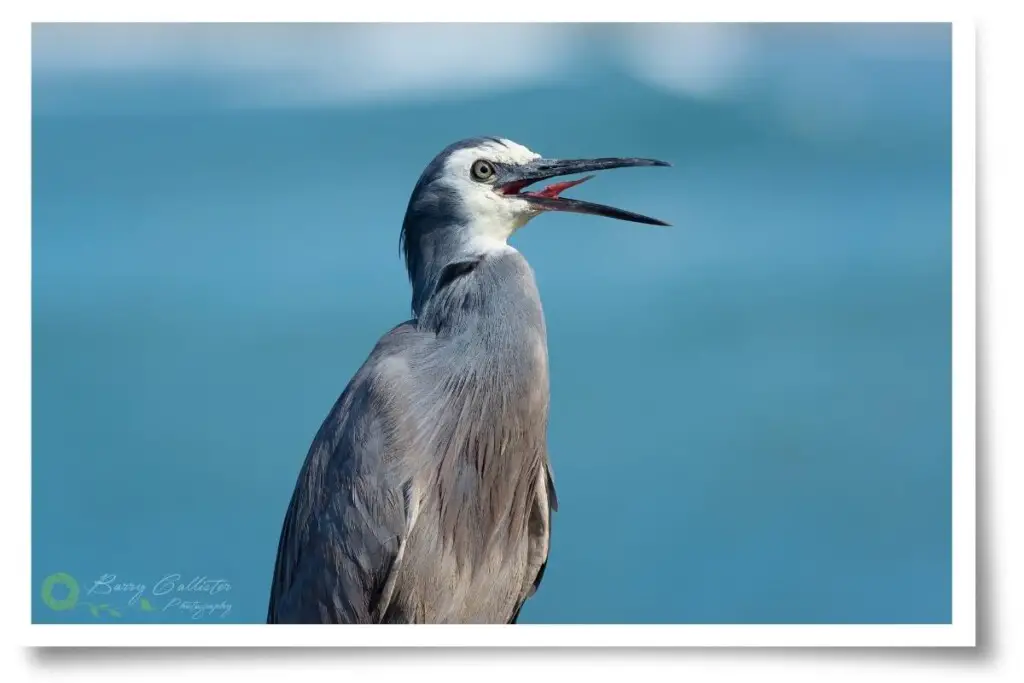
The Bill
The first thing a bird’s food touches is its bill. Each bird species has a bill that is perfectly adapted to deal with the type of foods it eats. Natural selection has produced an abundance of different bill shapes and sizes.
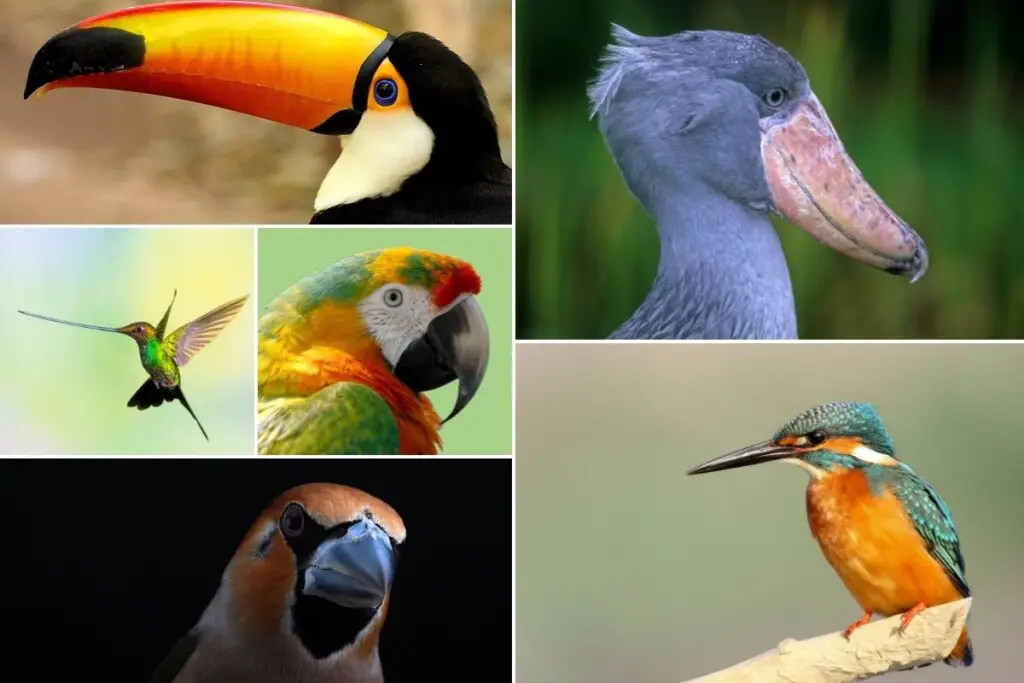
A bird’s bill prepares its food for digestion; removing unwanted parts and also breaking or crushing it up a little. Most of the work of crushing the food is done by the muscular gizzard which we will look at later in the article.
A perfect example of this is the California Scrub-jay. These birds store and eat acorns. To break through the hard external shell of an acorn, these birds have developed a reinforced lower jaw. They use the tip of their lower mandible to hammer away at the tough shells.
Their reinforced lower jaws absorb all the impact of hammering away at the acorn shells.
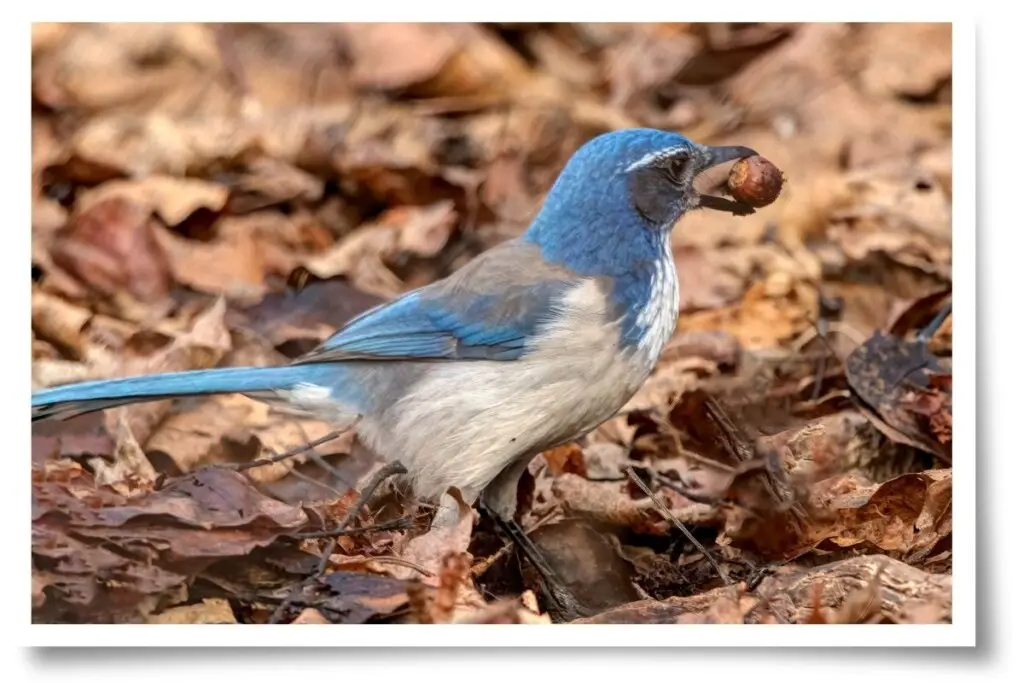
Some bird species even have flexible bills. The Marbled Godwit has a long, slender bill between 8 and 13 cm long that it uses to probe into the mud or sand searching for marine worms. The tip of its bill contains nerve endings that help it to sense its prey beneath the ground.
The tip of a marbled godwits bill also has flexible “joints” that allow it to open and shut independently from the rest of the bill. Even if its prey is buried deep in the sand, it can still grasp it and pull it out.
These birds even have taste buds inside the tips of their bills so they can test whatever they are grasping beneath the mud or sand.
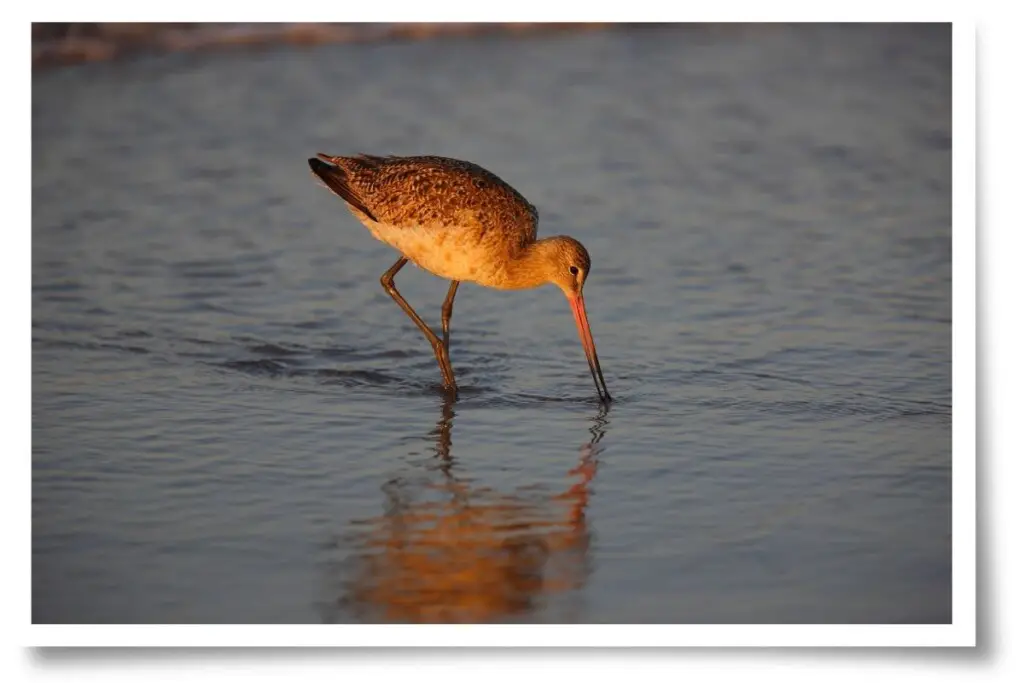
The Tongue
Birds can grasp and maneuver their food with their bills but it is their tongues that help move it into their esophagi and get the digestion process started.
Bird tongues come in all shapes and sizes. Rectangular, cylindrical, flat, grooved, cupped, lance-like, spoon-shaped, and even forked. Parrots have stubby, muscular tongues much like ours which they use to move food around in their mouths.
Some birds use their tongues exclusively to ingest food. Hummingbirds are a classic example.
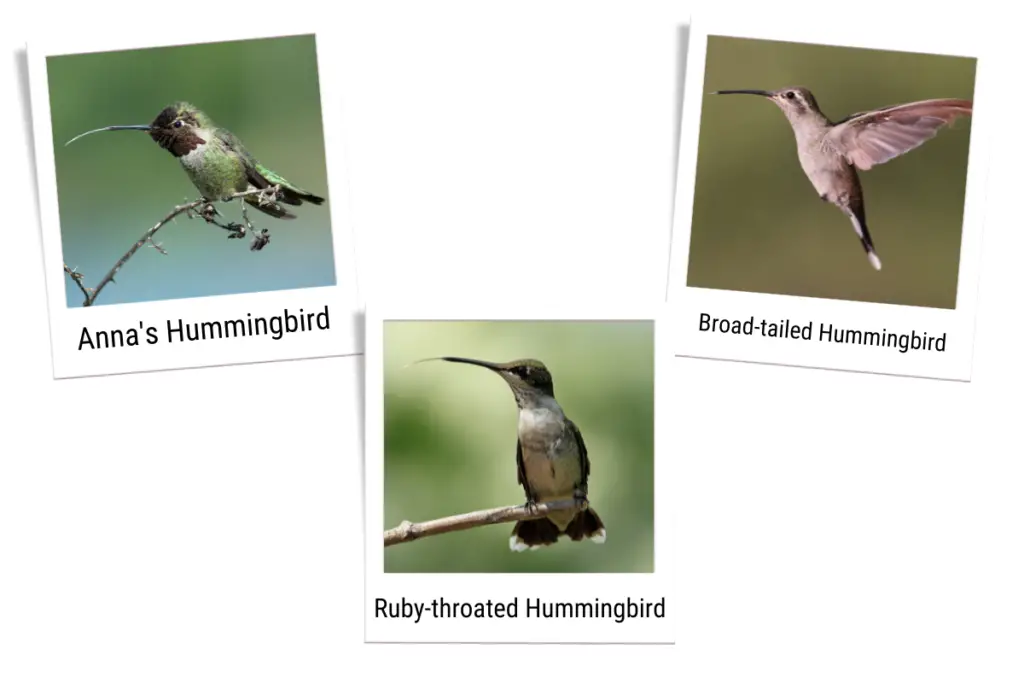
A Hummingbird’s tongue is forked and has feather-like fringes that trap drops of nectar and pull them back to its bill to be swallowed. Its tongue can repeat this process up to twenty times per second.
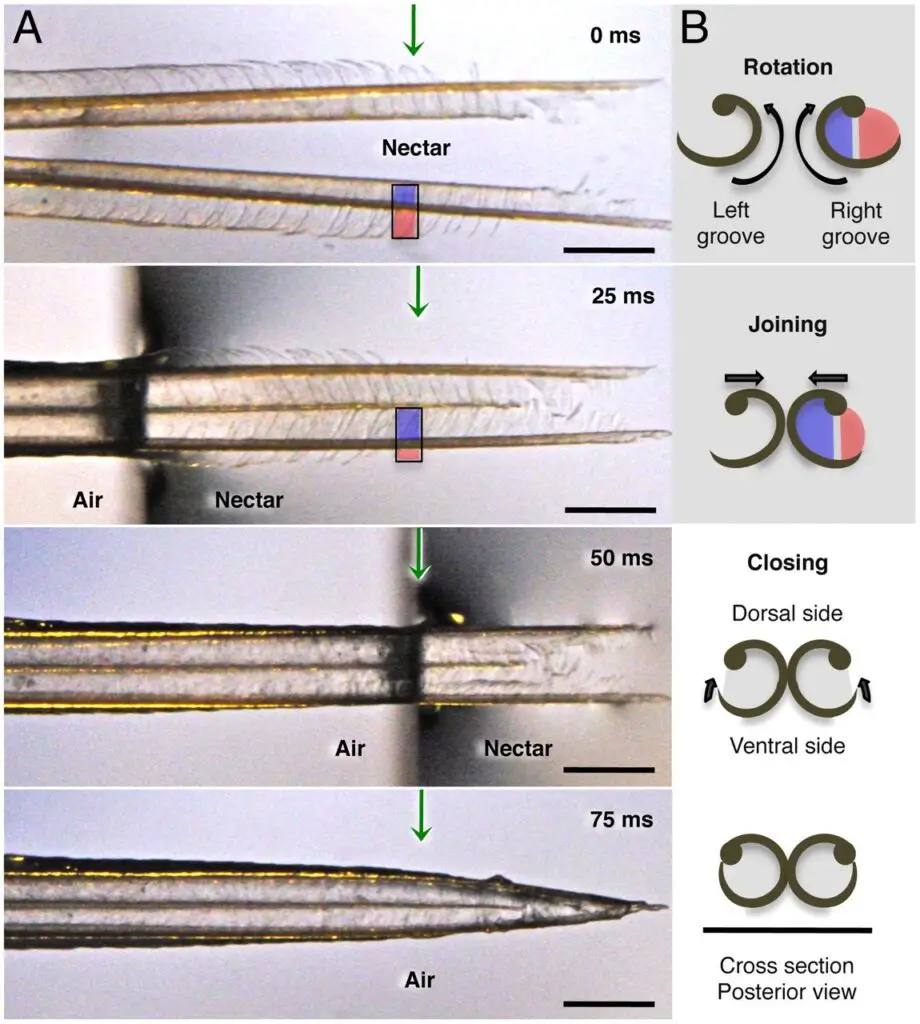
Birds such as pelicans, gannets, ibises, spoonbills, storks, and some kingfishers swallow their food whole and thus have very small tongues.
How long do Pelicans live? Find our right here in this post on my blog.
Salivary Glands
Inside a bird’s mouth, its food is moistened and softened by salivary glands. Birds that eat seeds, plants, and insects have well-developed salivary glands as their food needs to be softened. Birds that gather their food from the water do not need it softened and don’t have salivary glands.
How Birds Digest Food
Once food has entered a bird’s bill and been maneuvered by the tongue (or the bill) towards the back of the mouth, it begins its journey through the alimentary canal.
The Esophagus
A straight, thin, muscular tube called the esophagus is the first section of the alimentary canal. Most birds can expand their esophagi to hold large amounts of food. Some gulls for example can hold one part of a fish in their esophagus while digesting the other end in the stomach. The walls of the esophagi in birds have mucus-secreting glands that moisten the incoming food.

Discover what Seagulls eat in this article.
The Crop
In some birds including pigeons, doves, turkeys, chickens, pheasants, grouse, and some songbirds, the lower part of the esophagus has an enlarged area called the crop. This is used as a storage area. Food can be consumed quickly, stored in the crop, and eaten later or regurgitated to feed young.
The Two-part Stomach
The surface of the crop has a thin muscle that moves the food into the proventriculus; the first section of a bird’s two-part stomach.
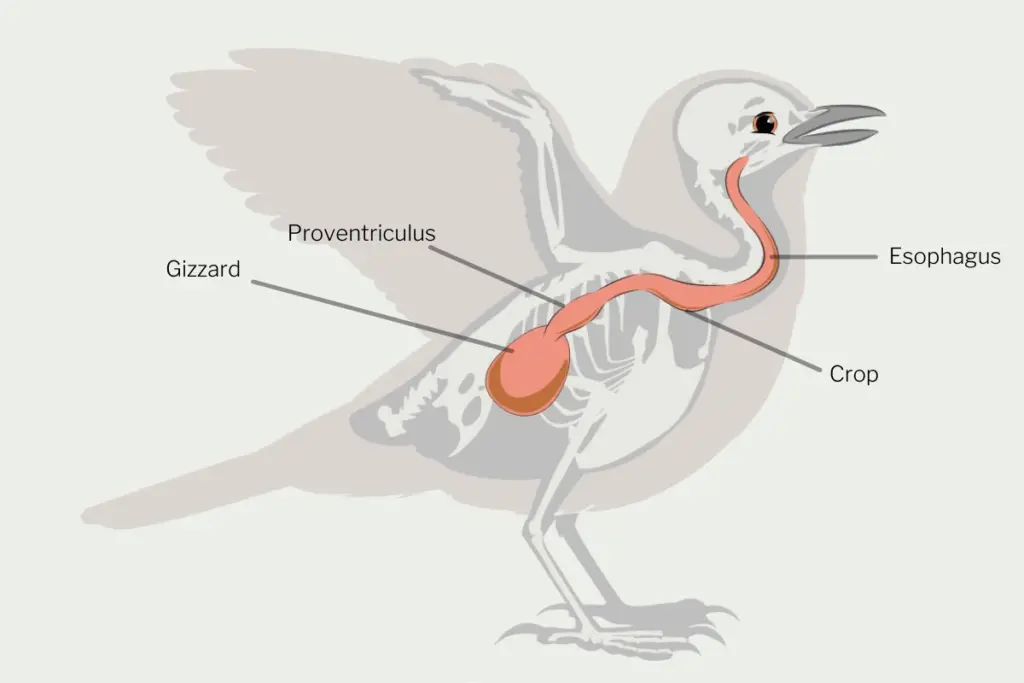
Within the proventriculus are gastric glands that secrete digestive enzymes such as pepsin and hydrochloric acid. These enzymes break down the proteins in the food.
Next, the food is moved into the gizzard (also called the ventriculus). This part of a bird’s digestive system has strong muscular walls for crushing and grinding up hard food particles. Wild turkeys can crush whole walnuts in their gizzards, and birds such as the Surf Scoter can crush small clams!
Some seed-eating birds such as turkeys and geese will eat small stones and pebbles to aid with the grinding of food within their gizzards.
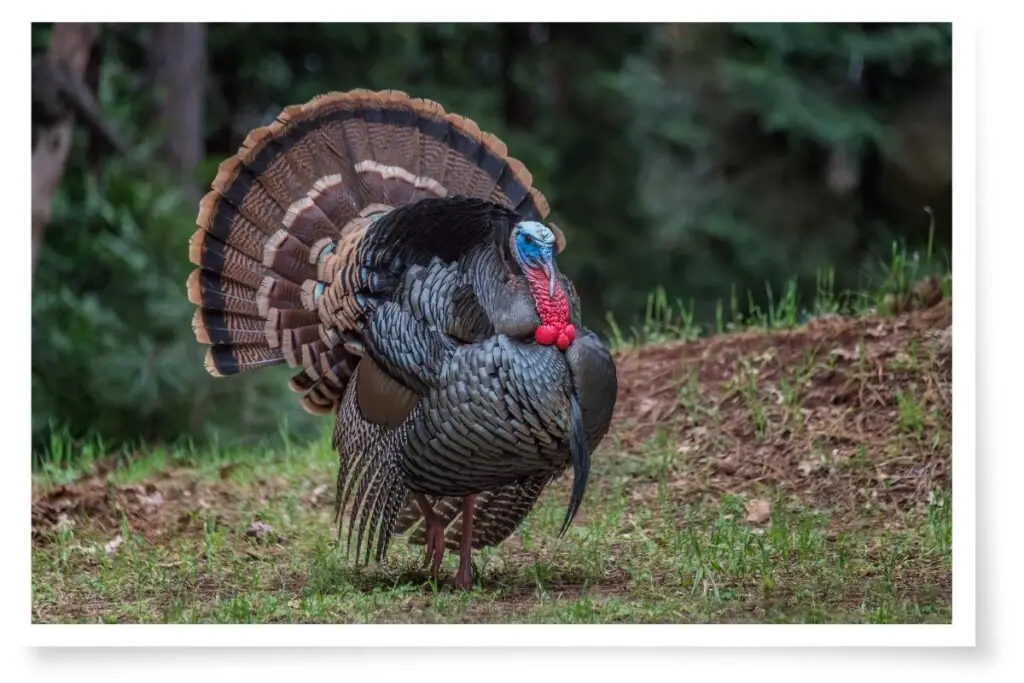
Glands within the gizzard secrete a protective lining called the gastric cuticle or koilin. This leathery substance coats the walls of the gizzard and is replenished constantly as it gets worn away by the grinding process.
Carnivorous birds form pellets inside their gizzards. These pellets are made up of the indigestible parts of their prey such as bones, fur, teeth, feathers, and the exoskeletons of insects. Birds such as owls, hawks, and nightjars form such pellets and will regurgitate them hours after feeding.
The Small Intestine
The final stage of digestion in birds takes place in the small intestine. This is where nutrients from what the bird eats are absorbed into the bloodstream through the lining of the intestinal wall.
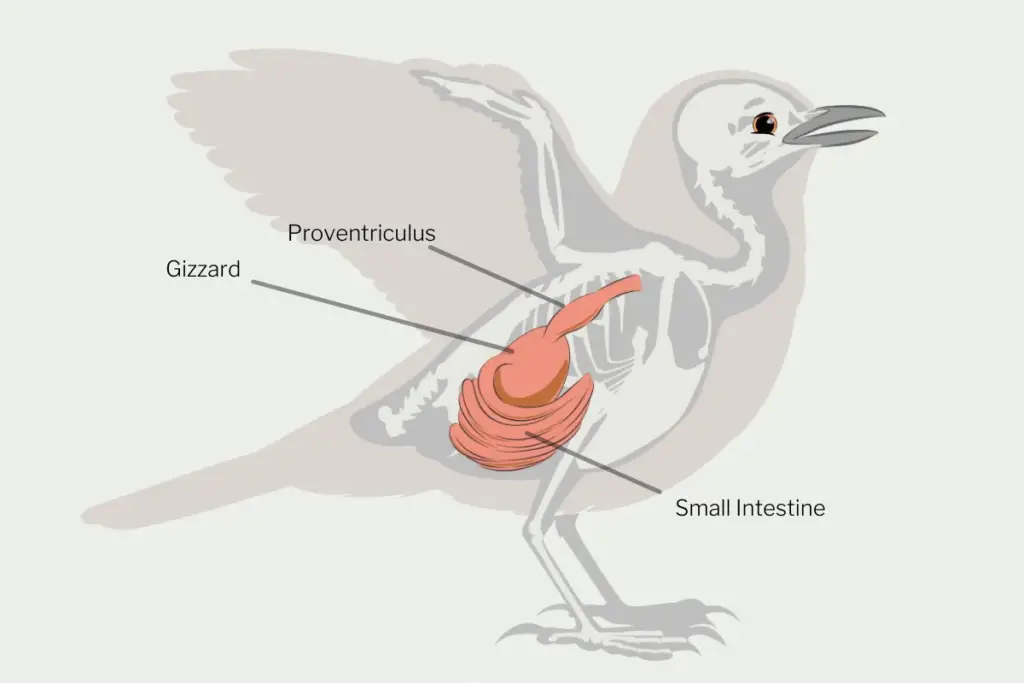
The walls of the small intestine have folds and tiny finger-like projections in carnivores, and leaf-like structures in seed or plant-eating birds. Most nutrients are absorbed through the intestinal walls and metabolized fats pass to the bird’s lymphatic system.
Within the intestine, small glands secrete fluids that aid in digestion. Bile secreted by the liver breaks fats up into tiny particles and also neutralizes the acid coming in from the gizzard. There are several bile ducts from the liver and the gall bladder that drain into the first section of the small intestine (the duodenum).
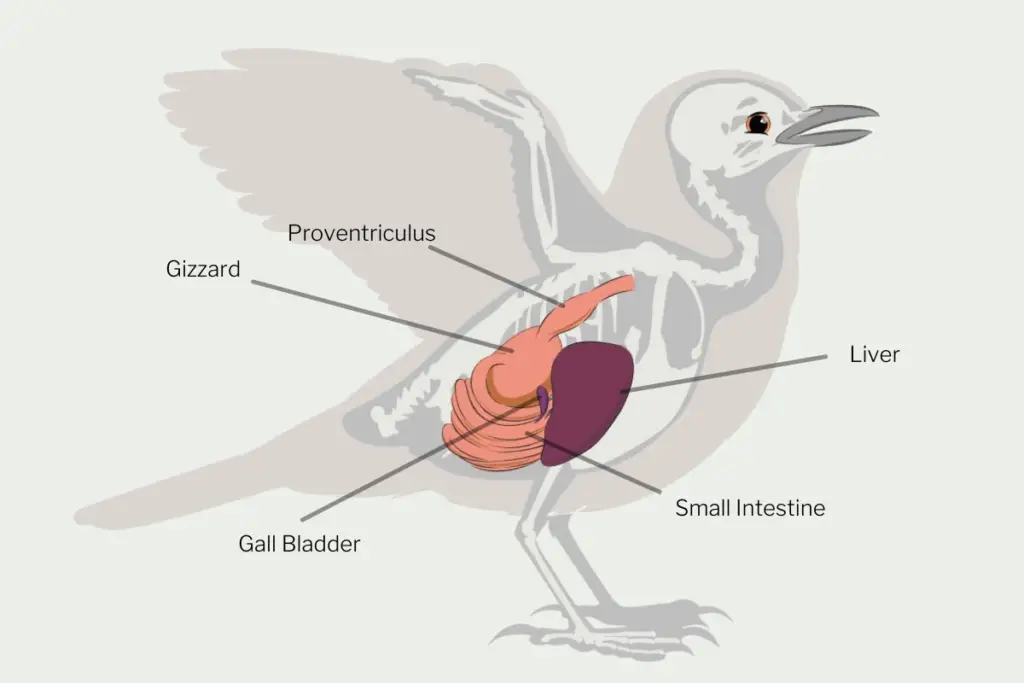
The small intestine has two remaining parts called the jejunum and the ileum. Long pouches called colic cecae occur where the ileum ends and the large intestine begins. These hold food material for bacteria to be digested before the remainder is flushed into the large intestine.
The Large Intestine
In most birds, the large intestine is a short, straight tube that bridges the section between the colic cecae and the cloaca. The large intestine absorbs the remaining water in the digested material and passes what remains into the cloaca.
What Goes In Must Come Out
The cloaca is a common chamber fed by the intestinal, urinary, and genital tracts. Mammals have separate waste ejection tracts but birds excrete fecal and urinary waste via one hole called the vent which sits at the bottom of the cloaca.
Female birds also lay eggs through the vent. Discover how birds make eggs in this article here on Birdwatch World.

Learn more about what comes out of the back of a bird here in this article.
Differences In Bird Digestive Systems
As all birds do not eat the same diet, so their digestive systems are not all the same. The explanations and diagrams above stand true for most bird species but there are always exceptions. In this final section of the article, I’m going to discuss some differences in how some birds digest their food.
The Hoatzin
The hoatzin is an African bird species that stands alone when it comes to diet. Hoatzins are unique in that they are the only bird species in the world that eats a predominantly plant-based diet.
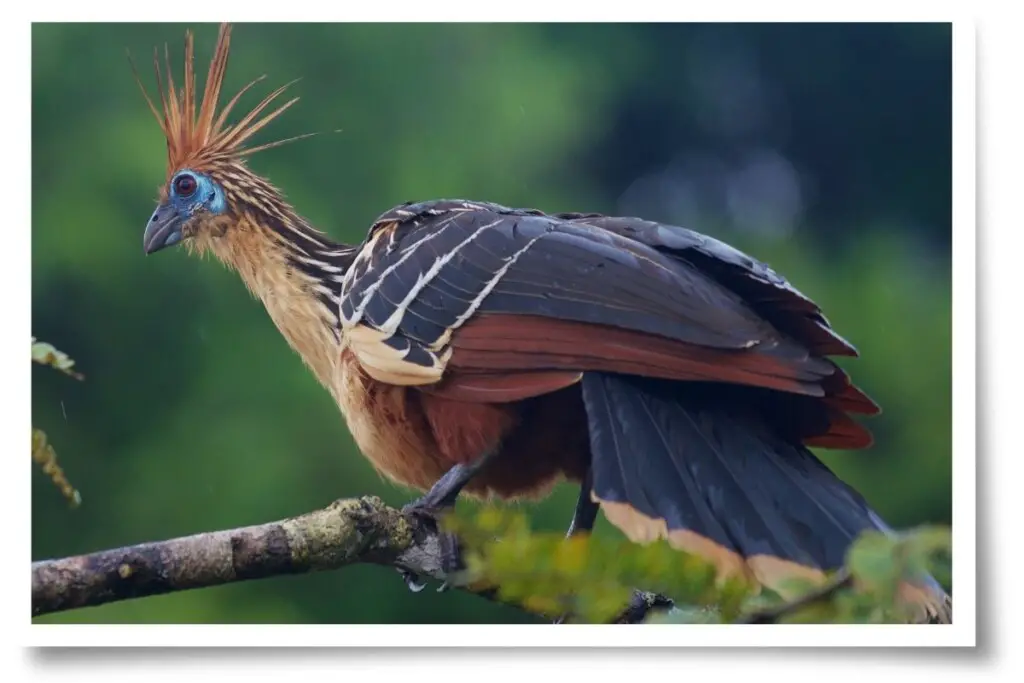
This unique trait means they also have a unique digestive system. The crop in a hoatzin is enlarged and very thick-walled. They digest their food in this huge crop rather than their gizzards which are very small.
Their leaf-based diet can require up to 20 hours of microbial digestion. The plant matter will ferment in their crop creating a lot of gas which has earned these birds the nickname ‘stinkbird.’
Crop Milk
Some species, such as penguins, pigeons, and flamingos can produce a kind of milk in their crop. This is created by the shedding of cells from the lining of the crop.

This “crop milk” is comprised of water, proteins, and fats which aid in the growth and health of the newly-fledged chicks.
The Color Of Digestion
Don’t freak out! I’m not going to show you images of partially digested bird foods. I am going to discuss how the simple act of digesting food can change a bird’s color.
Birds that are earthy colors such as black, brown, grey, reddish-brown, or pale yellow get their coloration from melanins; pigments manufactured within their cells. The bright-colored species such as those that are yellow, orange, or red get their color from their diet.
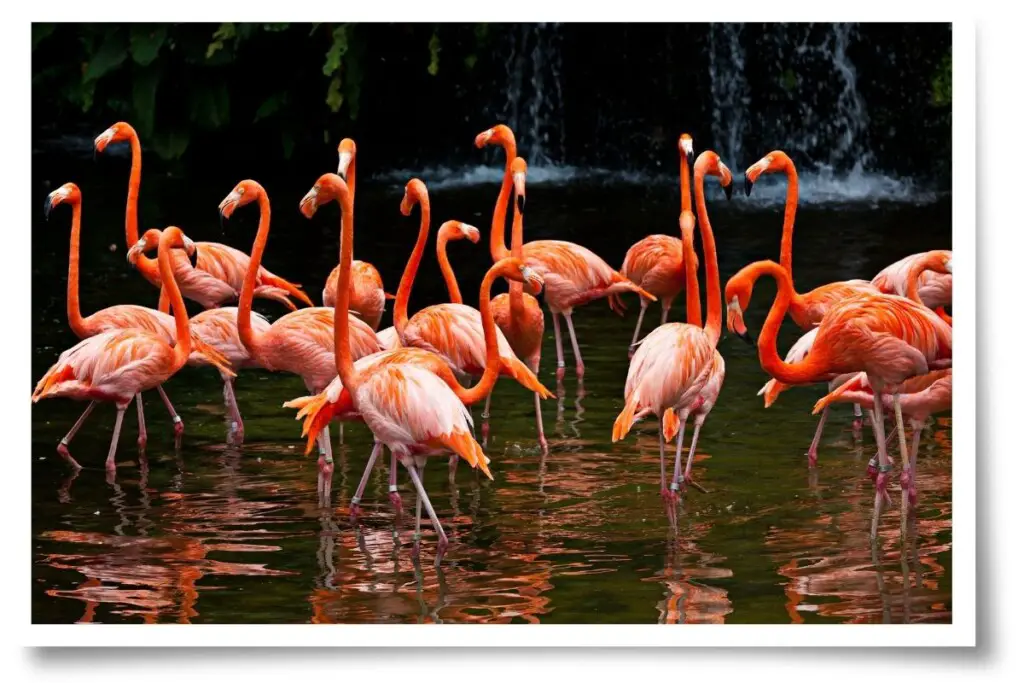
Flamingos are a perfect example of this. The American flamingos in the image above get their bright orange coloring from carotenoids. These are pigments found in the plants the birds eat. Their bodies metabolize these pigments into a specific form they embed into their feathers.
This type of coloring is seen throughout many bird species all across the globe. Never has the adage “you are what you eat” been so relevant.
References
- The Handbook Of Bird Biology – The Cornell Lab Of Ornithology
- The hummingbird tongue is a fluid trap, not a capillary tube – pnas.org
- What It’s Like To Be A Bird – David Allen Sibley
